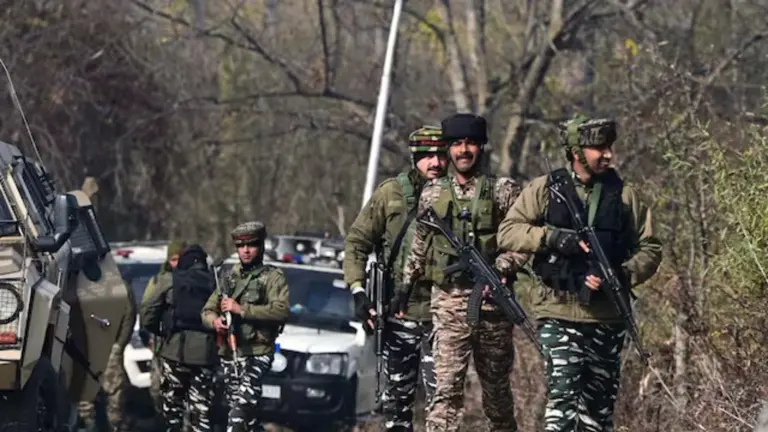Strategic Alarms in Kashmir :
The recent Pahalgam terror attack marks what appears to be the start of a broader summer offensive orchestrated by Pakistan-backed terrorist groups. According to intelligence inputs, a strategic shift—dubbed the “southern strategy”—is clearly in motion.Sources reveal that nearly 100 terrorists are stationed across 32 launch pads—small settlements located along the Line of Control (LoC) and directly facing the Jammu region. These operatives are reportedly lying in wait, looking for the right moment to cross over into Indian territory.

In parallel, another 35 terrorists are believed to be present in 10 launch pads located opposite the Kashmir Valley. The scale and spread of these preparations are raising serious security concerns.
Notably, in just the past six months, there have been over 50 infiltration attempts—with the majority traced back to the Jammu sector, reinforcing fears that the southward shift in infiltration strategy is well underway.
New Delhi:
Intelligence inputs suggest that several terrorists may have infiltrated into Kashmir from the southern side of the border. Of the approximately 125 terrorists currently inside India, 115 are believed to have infiltrated from across the border, while only 10 are locally radicalized. The Jammu region, which is geographically flatter and offers fewer natural hiding spots compared to Kashmir, currently hosts around 50 terrorists, while 75 are said to be active in the Kashmir Valley.
Pahalgam Terror Attack LIVE Updates
Technological Support and Drone Threat :
Terrorist groups are reportedly receiving increasing technological assistance, particularly via drones. These unmanned aerial vehicles are being used to smuggle arms and supplies across the border. Security agencies recovered 125 drones in 2023, and the number had soared to 300 by the end of 2024, indicating a growing challenge.
Kashmir : A Period of Calm Disrupted
The Pahalgam attack shattered a period of relative peace in the region. In contrast to the 107 terror incidents reported in 2022, the numbers had significantly dropped to 27 in 2023 and 26 in 2024. Up to March 31, 2025, only three incidents had been recorded—until the sudden escalation with the Pahalgam attack, which is now suspected to have involved infiltration through the international border.
Kashmir : Impact on Tourism and Development
This calm had translated into an economic boost. 2.35 crore tourists visited Jammu & Kashmir last year, including 5 lakh pilgrims for the Amarnath Yatra. Srinagar’s Lal Chowk alone saw a daily footfall of around 11,000 tourists. Such developments were fueling growth and stability—something Pakistan-based terror groups and their handlers in the Inter-Services Intelligence (ISI) are believed to have aimed to disrupt.
The Pahalgam attack, coming in the backdrop of this growing prosperity, is now being seen not just as an isolated act of terror but part of a larger destabilization campaign.





















































